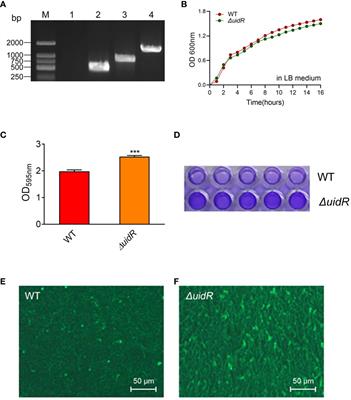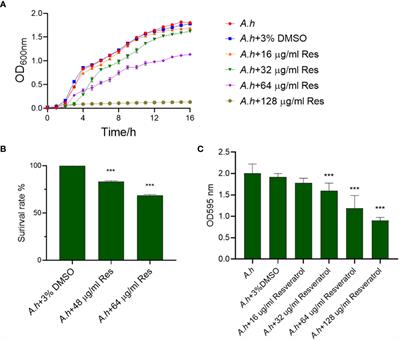ORIGINAL RESEARCH
Published on 22 Mar 2024
Quantitative proteomics analysis reveals an important role of the transcriptional regulator UidR in the bacterial biofilm formation of Aeromonas hydrophila

doi 10.3389/fcimb.2024.1380747
- 1,559 views
735
Total Downloads
4,364
Total Views and Downloads
Select the journal/section where you want your idea to be submitted:
ORIGINAL RESEARCH
Published on 22 Mar 2024

ORIGINAL RESEARCH
Published on 06 Mar 2024


Frontiers in Bioengineering and Biotechnology
Frontiers in Materials
BiomaterialsOffline
Frontiers in Molecular Biosciences
BiomaterialsOffline
Manuscripts can be submitted to this Research Topic via the main journal or any other participating journal.
Select the journal/section where you want your idea to be submitted: